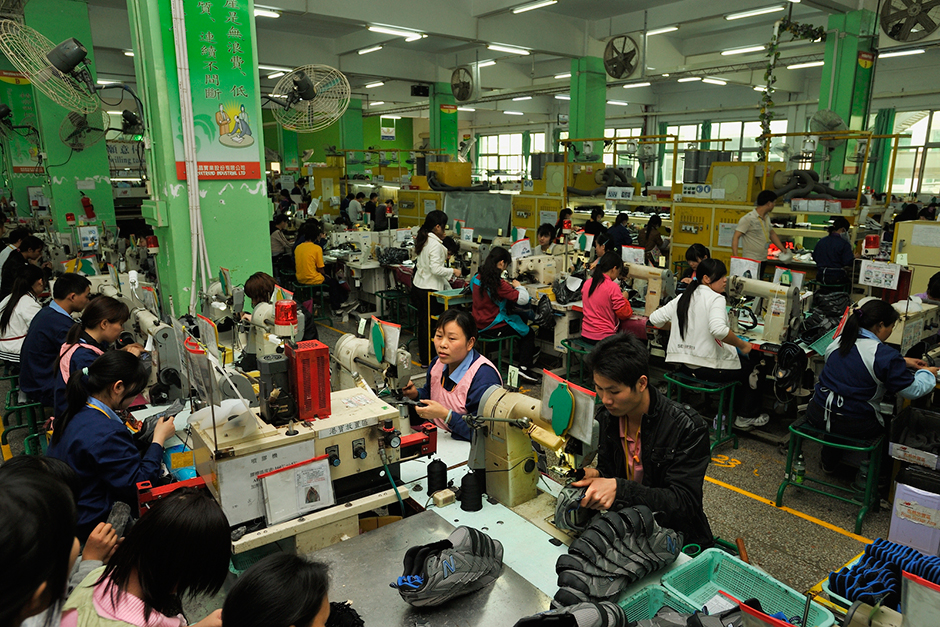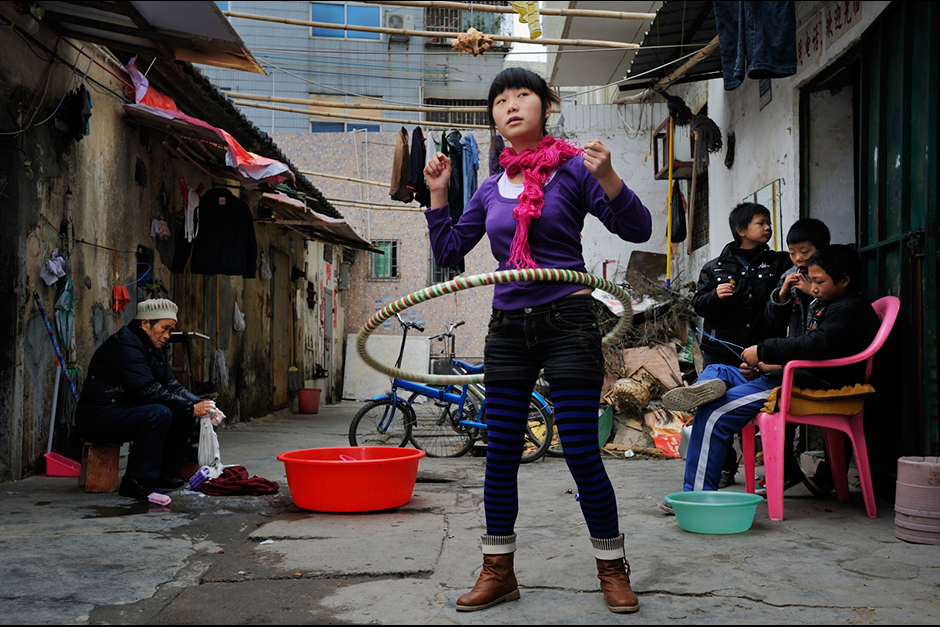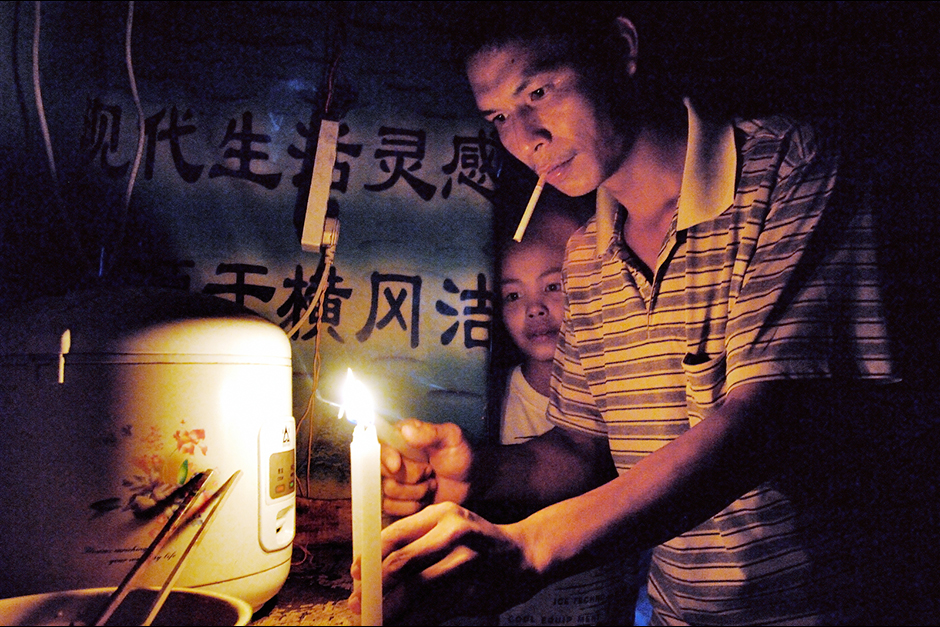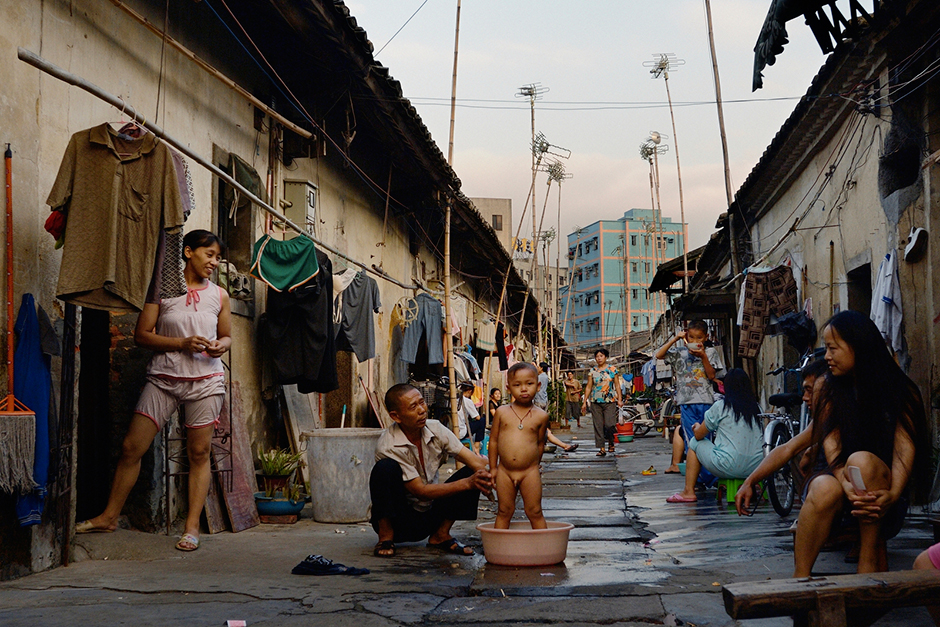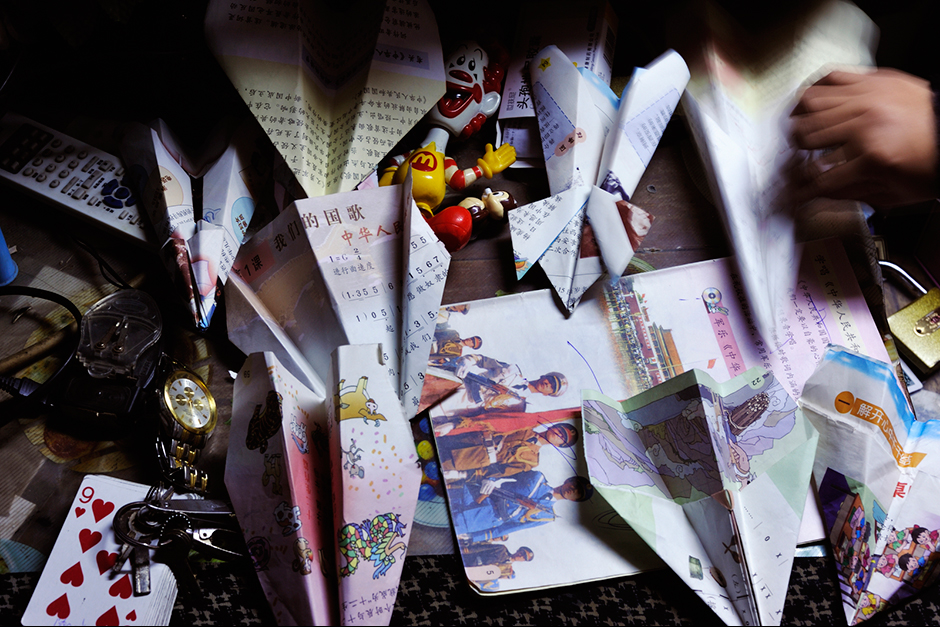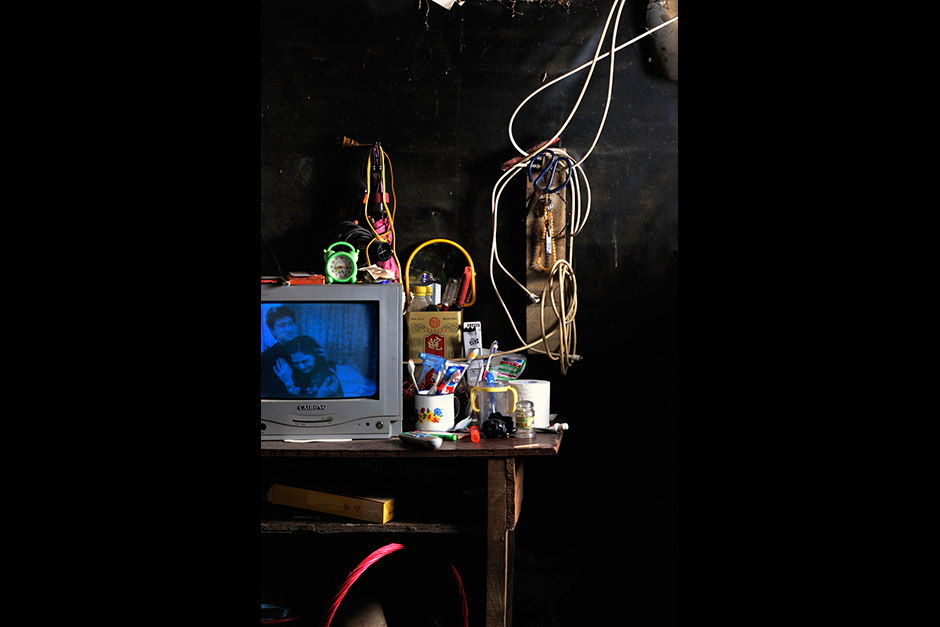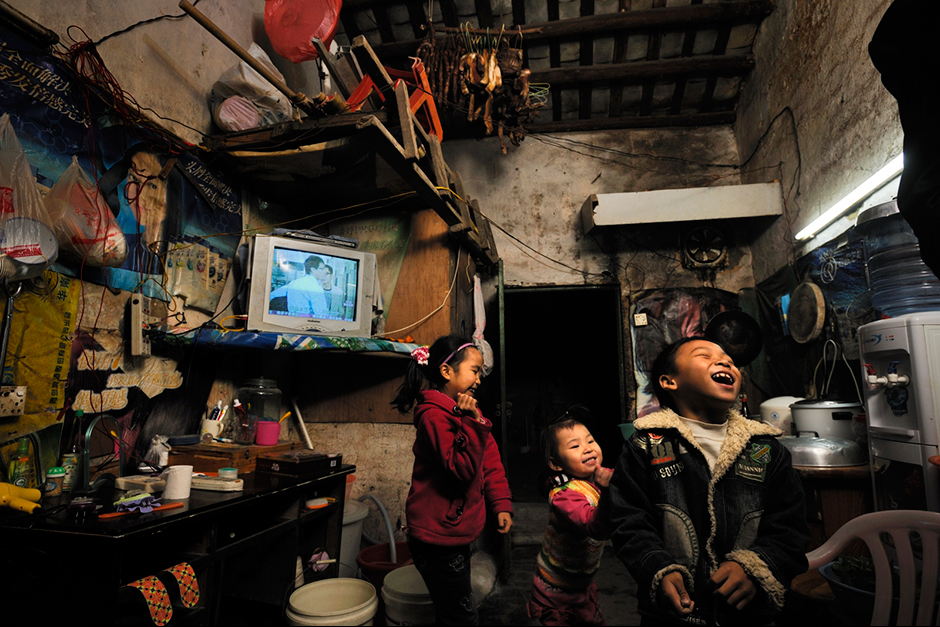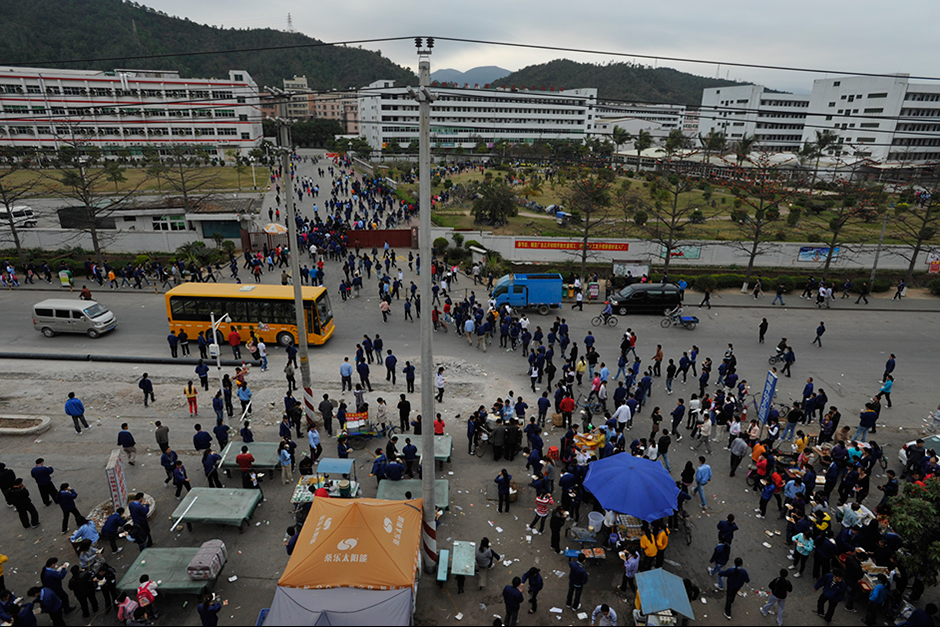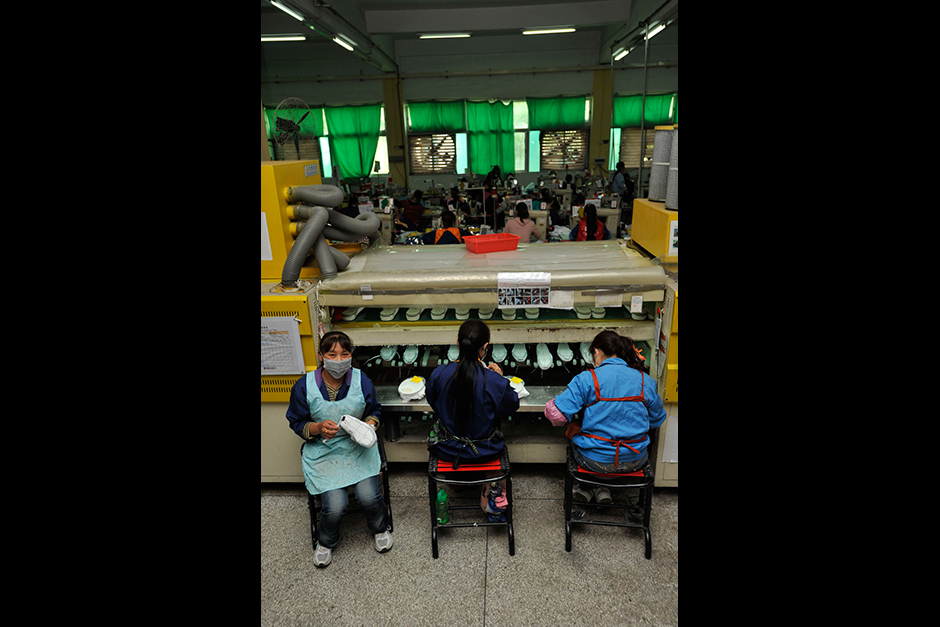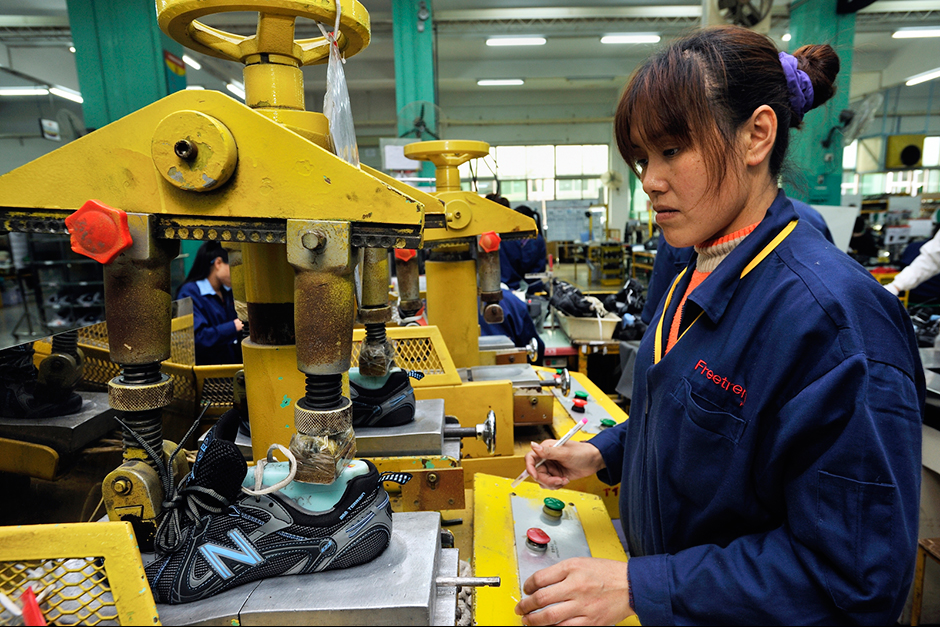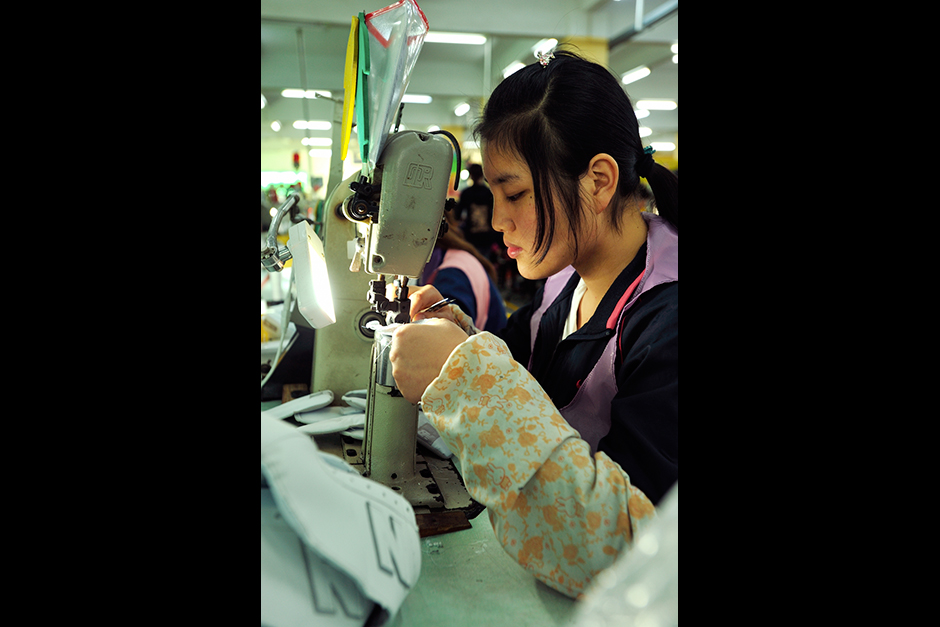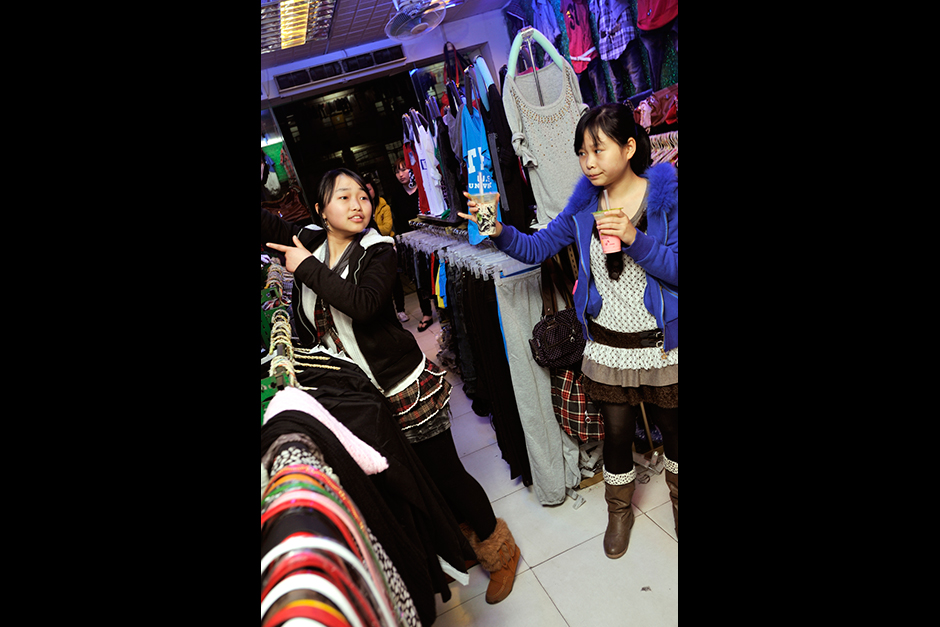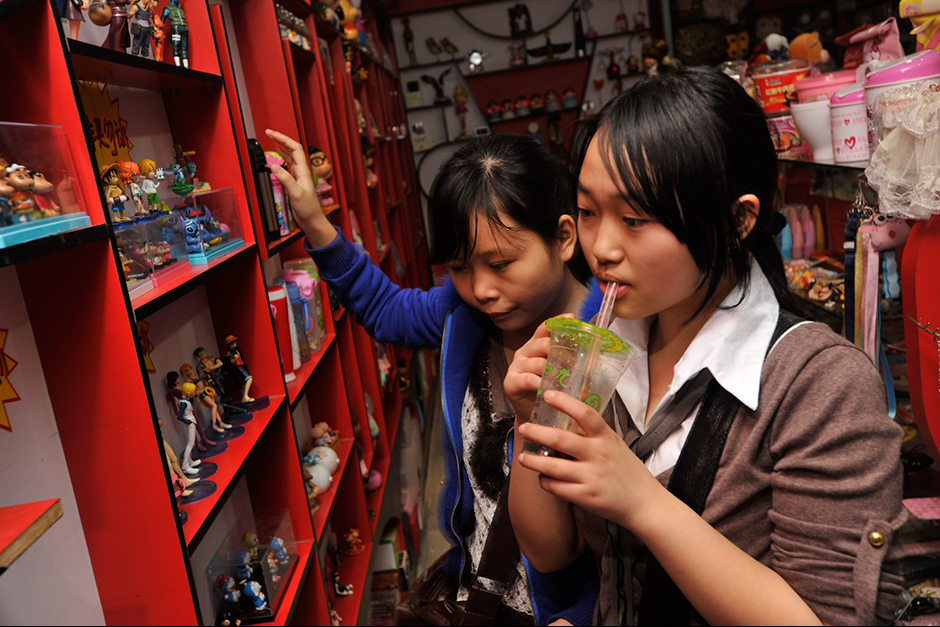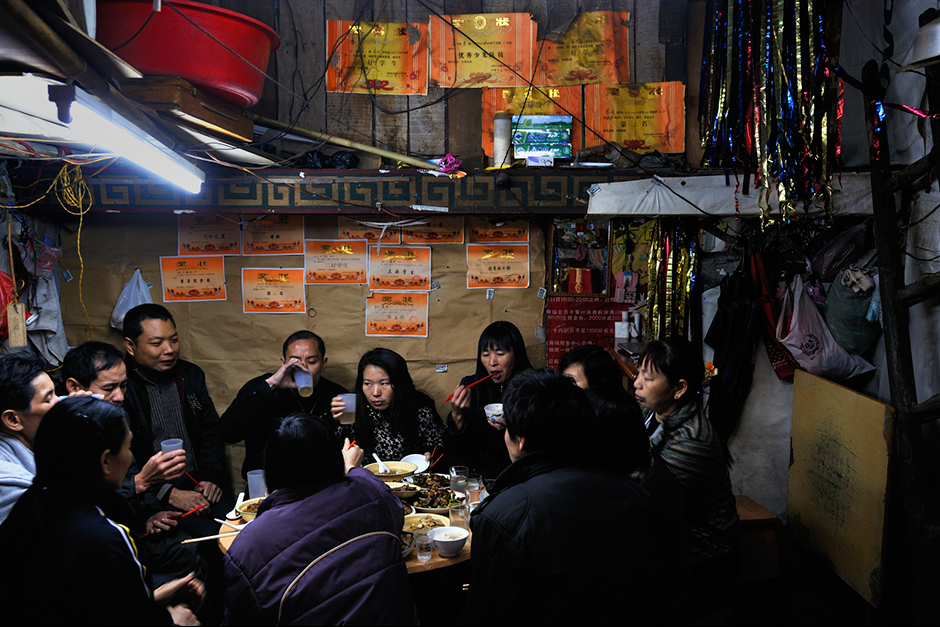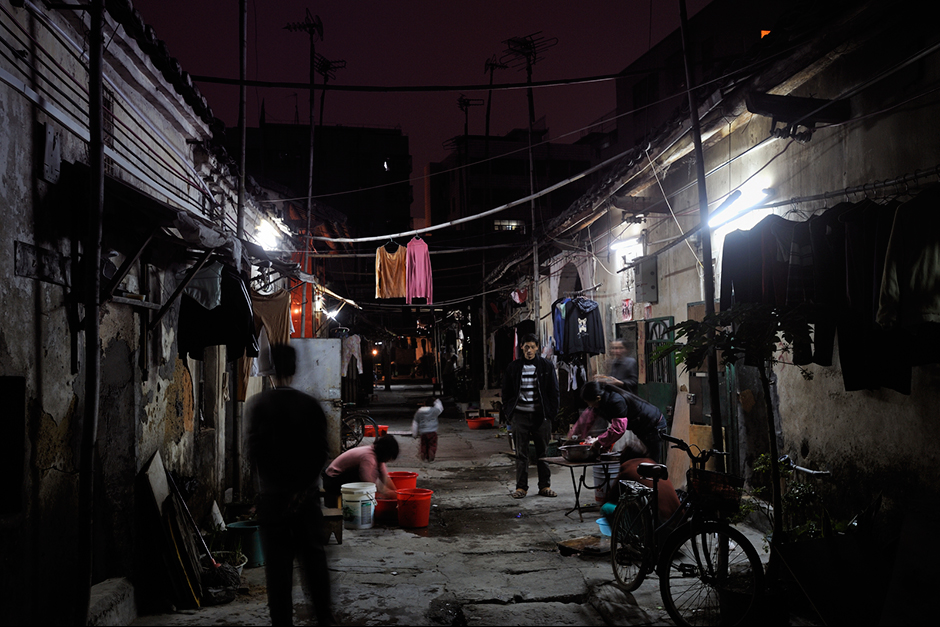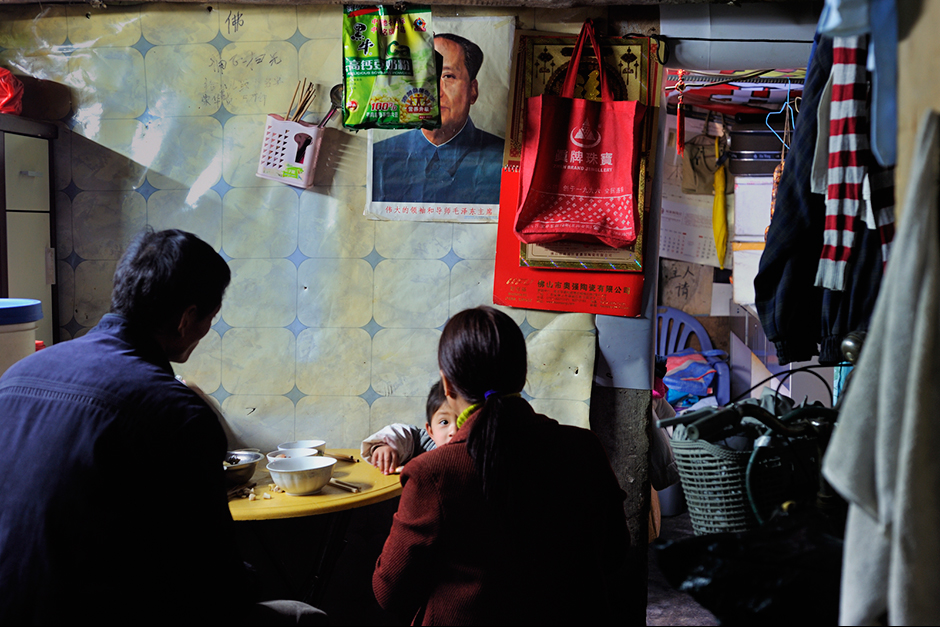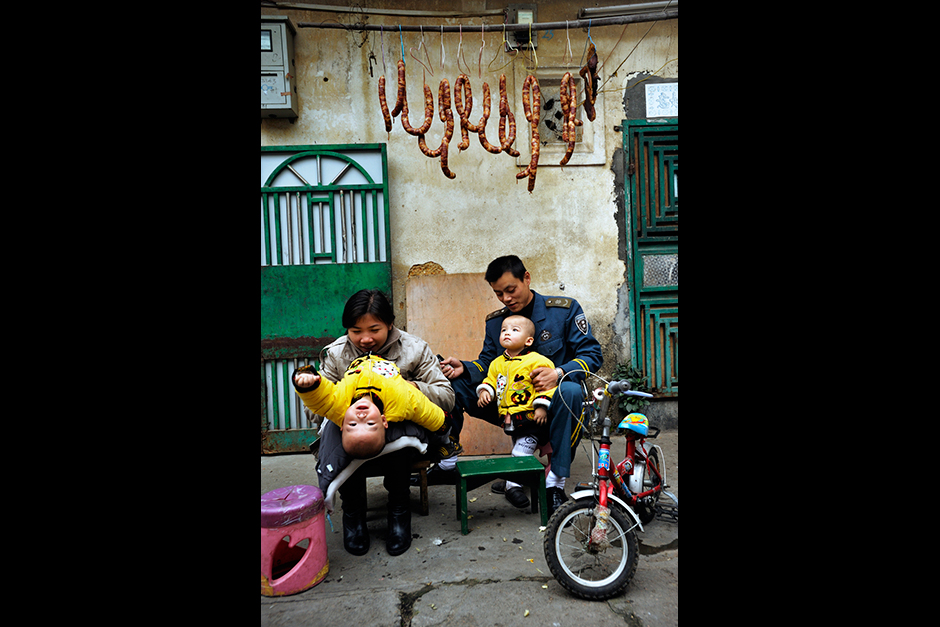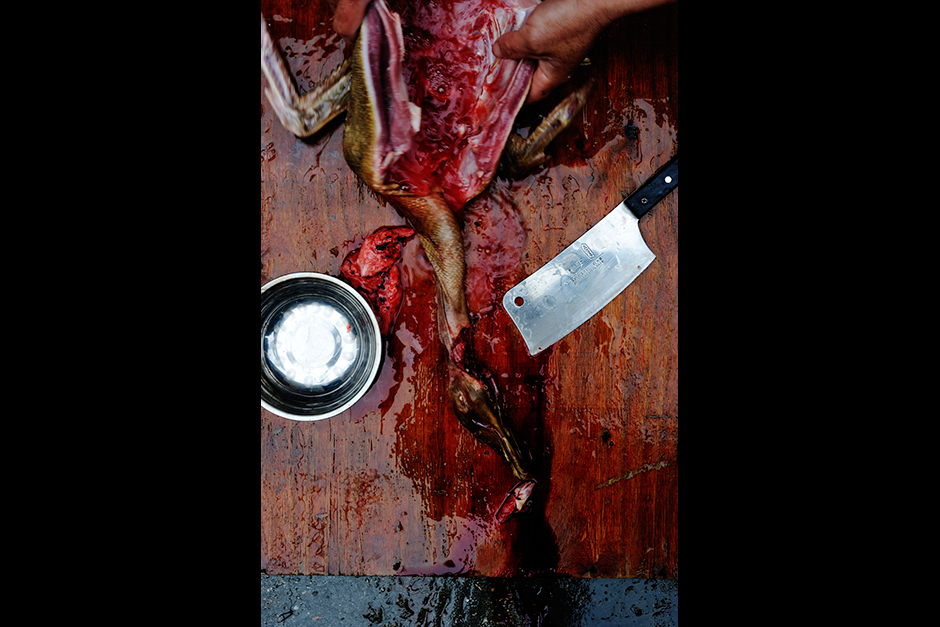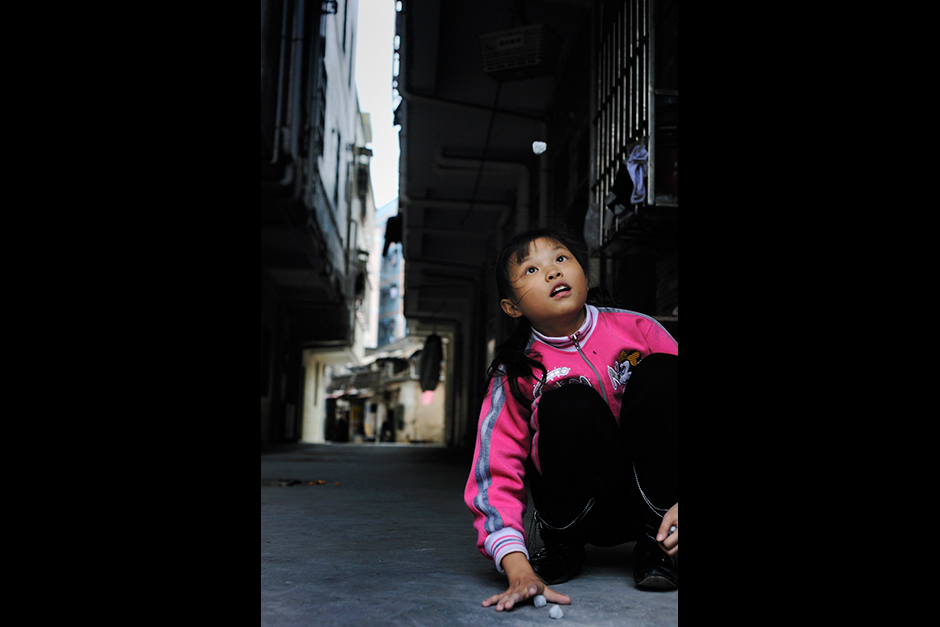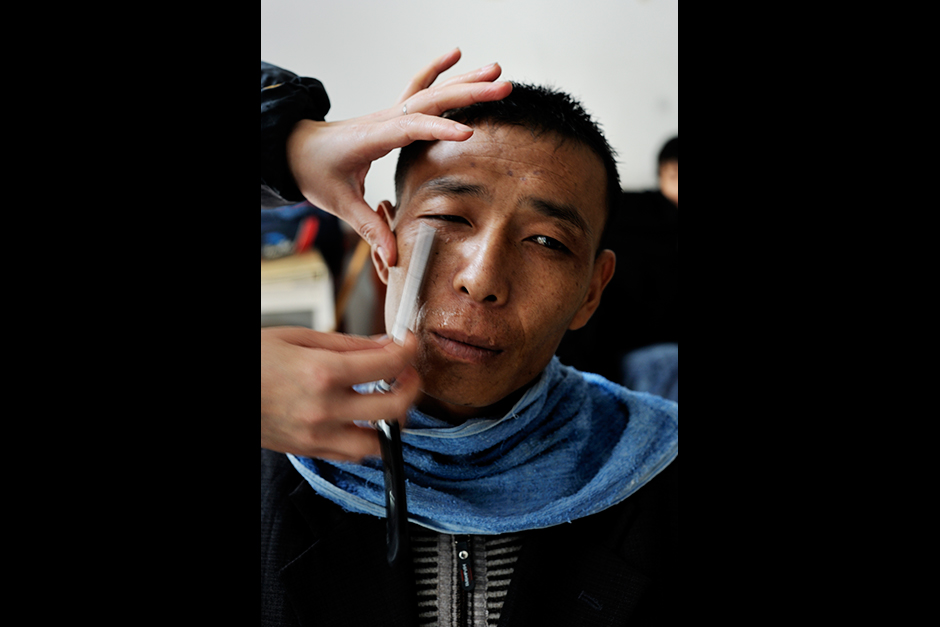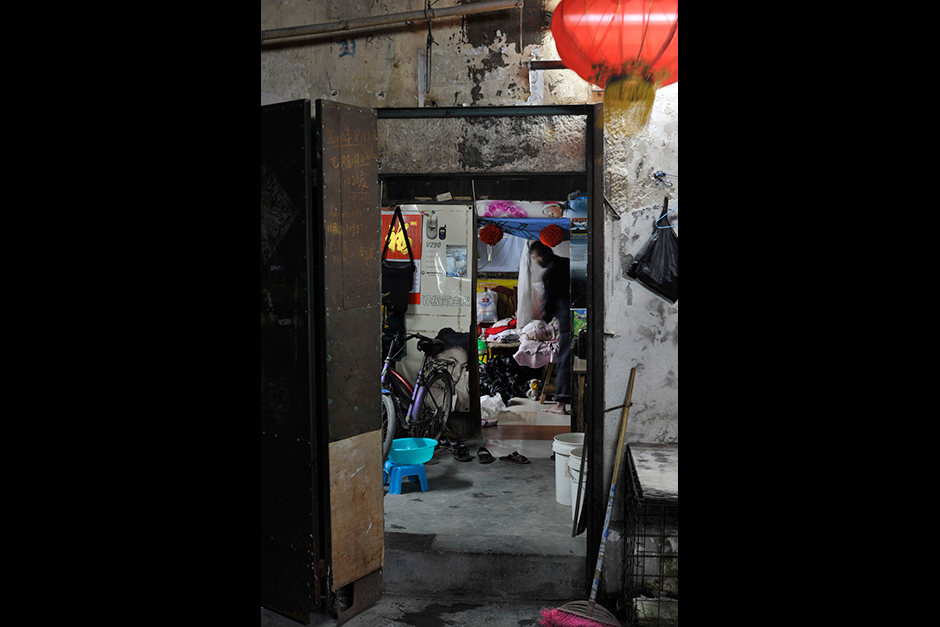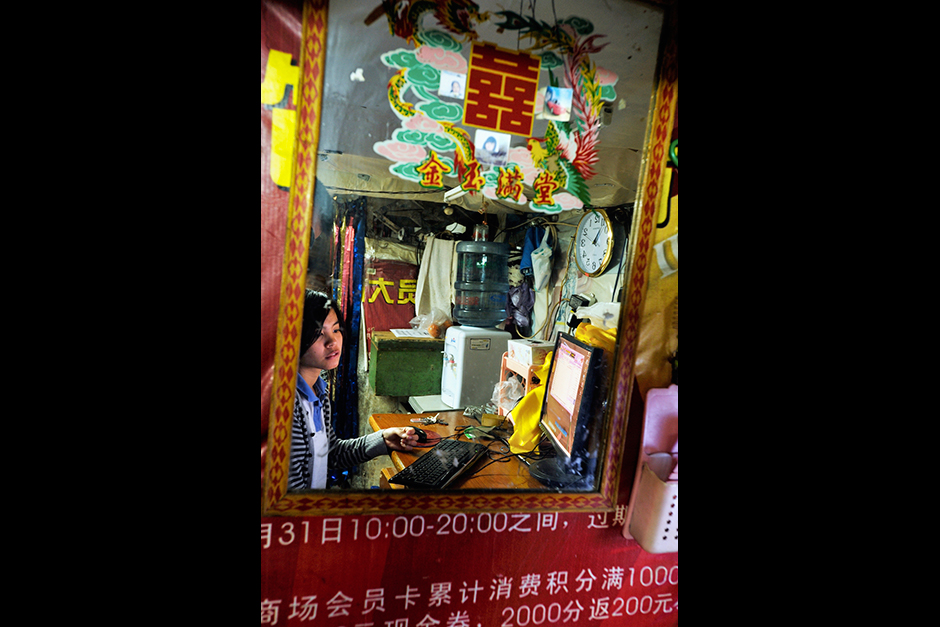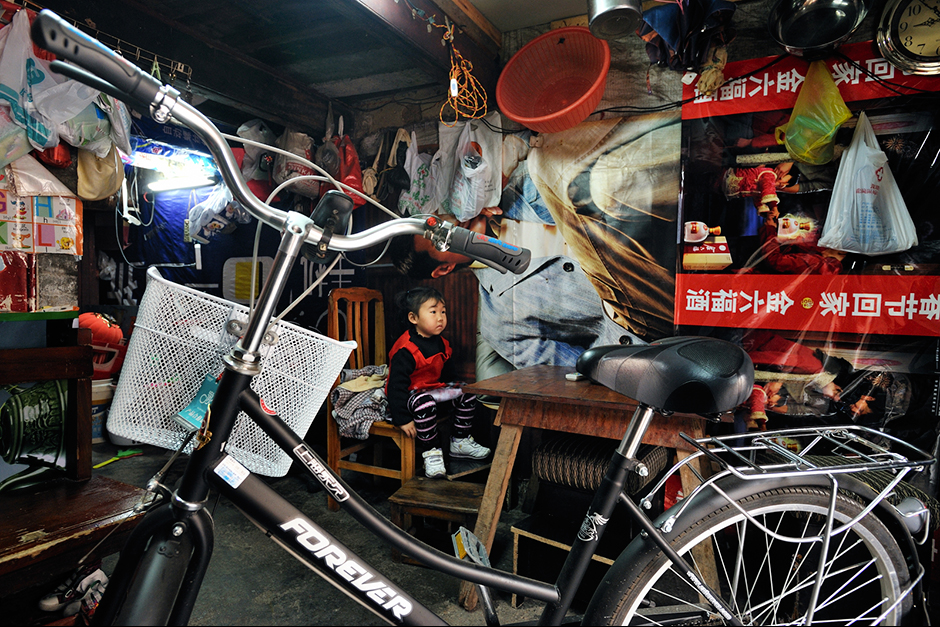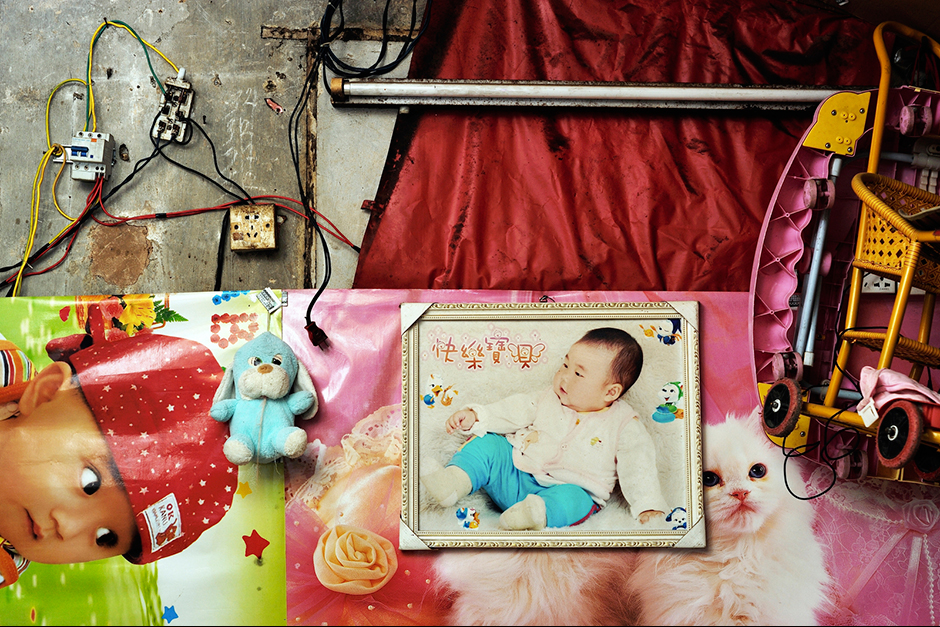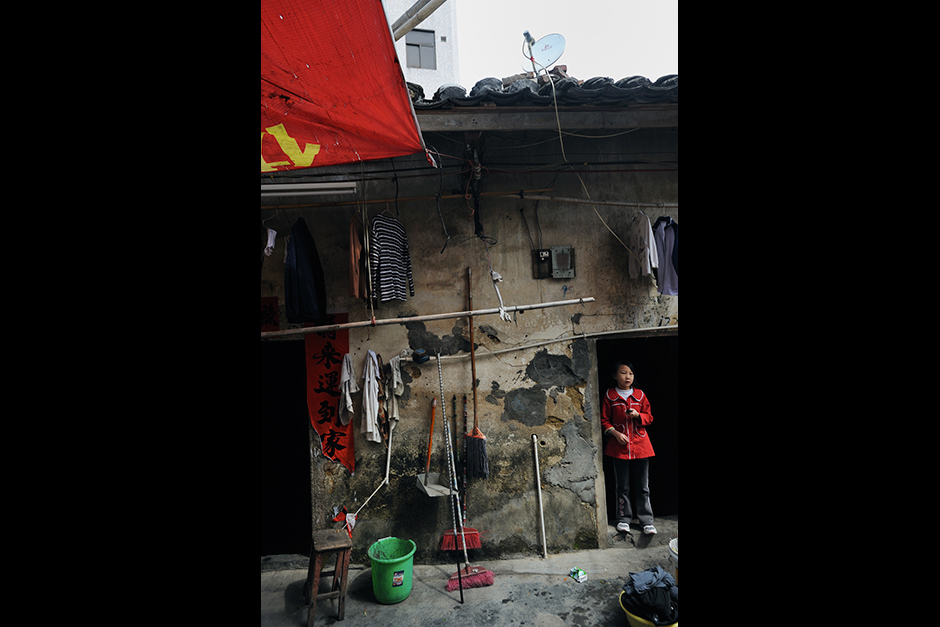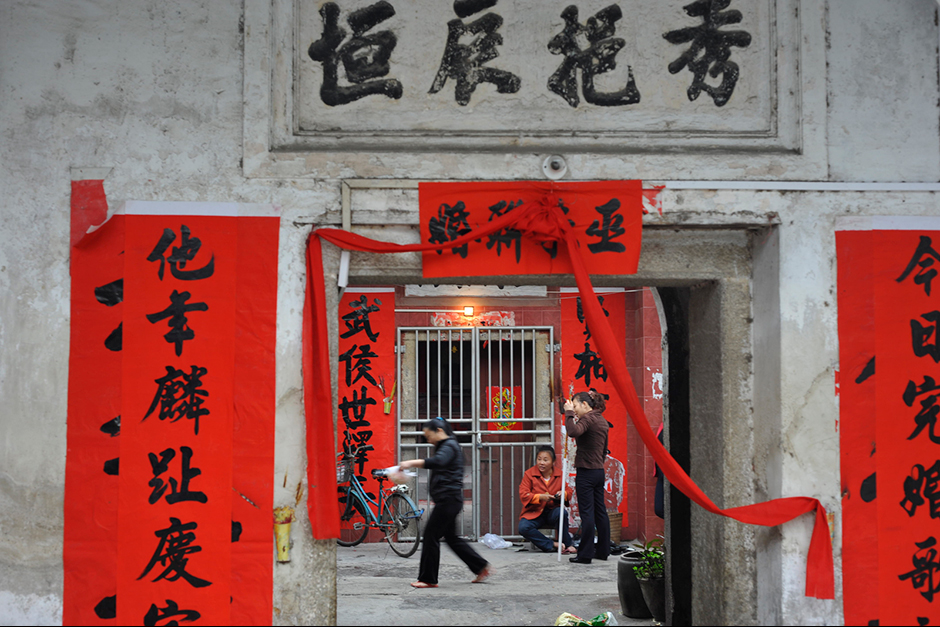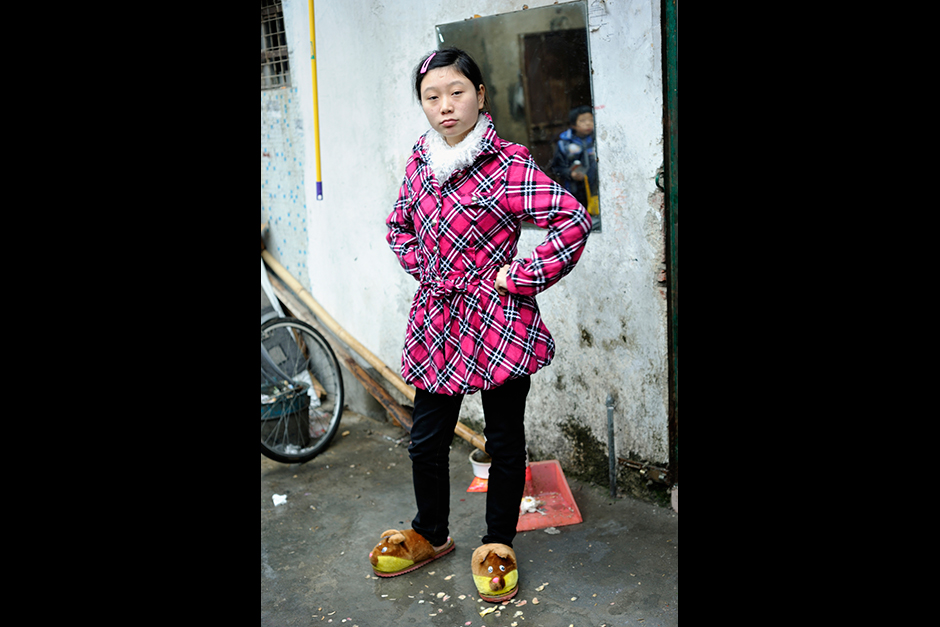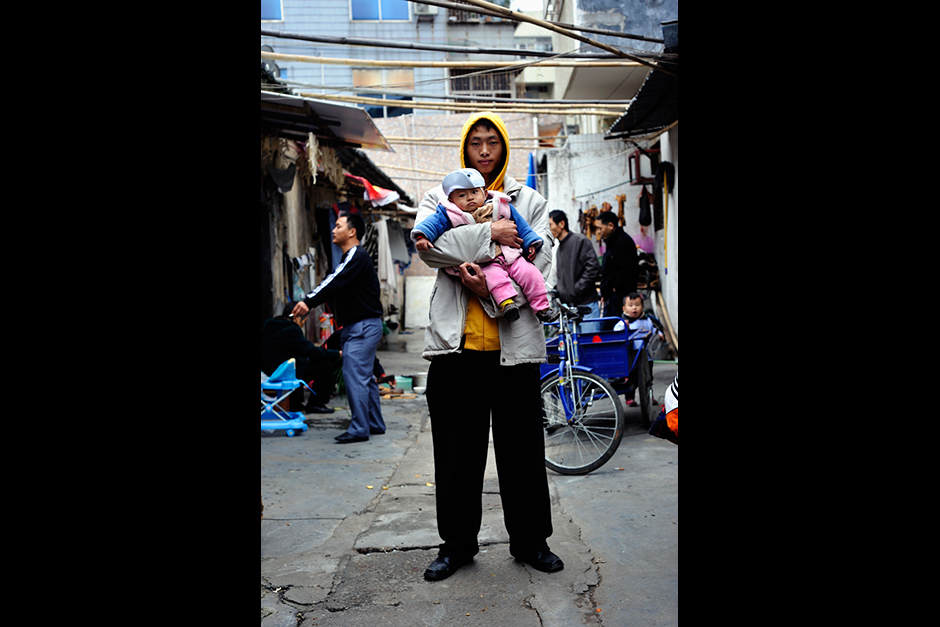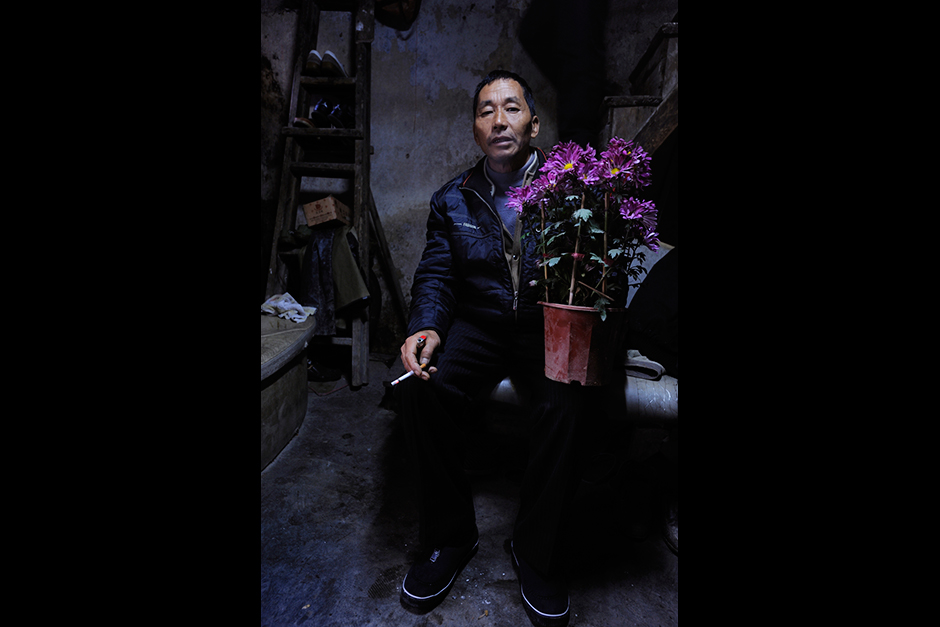Welcome to Wuwucun, a Village in the City
Tucked amidst the factories and shops of of the Longgang district of the southern boomtown of Shenzhen sits a handful of narrow Qing Dynasty lanes collectively called Wuwucun, after the original Hakka minority Wu clan who established the village in the early nineteenth century. If one squints a bit and ignores the satellite dishes on the tiled roofs, the place does not appear to have changed much since then. But the Wus have been gone for a couple of decades now, leaving their ancestral buildings for the modern apartments springing up in the nicer parts of town. Who has taken their place? China’s new urban settlers—migrant workers who do not want to migrate anymore.
Most people viewing this essay own more than a few things manufactured, at least partially, in Shenzhen. You might even be wearing them or wired into them as you read this. Wuwucun’s primary contribution to the vast heap of consumer goods is sports shoes; currently the village’s biggest employer is a Taiwan-owned factory producing more New Balance sneakers than anywhere else in the world. The stable employment provided by this and other assembly line jobs, especially for women, is the primary reason to stay put. Many of Wuwucun’s tenants have been living there for more than a decade after coming over from rural Chongqing. Some daughters have joined their mothers and aunts gluing soles and stitching uppers, with other children scattered about the service industries and a few planning for university. Everybody is looking for an upgrade. Nobody wants to return to the countryside to plant rice in the hills.
In early 2013, China’s government unveiled a policy to close the rich-poor gap. Here in Wuwucun are some of the people these policies are intended to benefit, and this is a small glimpse into their lives.




